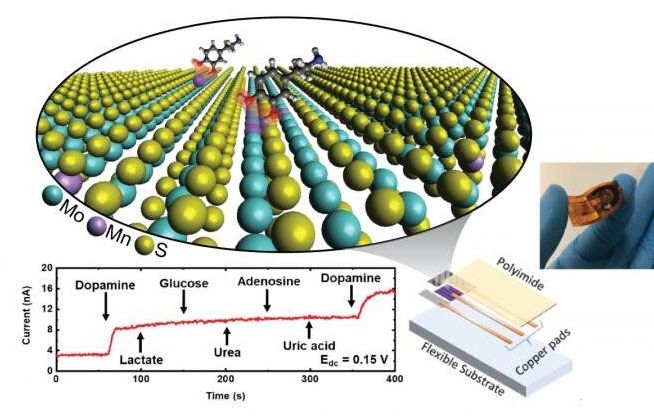
The Study
Now, Format Medical Research takes on two high profile clinical trials involving the antibody cocktail known as REGN-COV2. Garnering national attention, this investigational therapy targeting COVID-19 has receive a lot of attention. The Ventura County Star reports that the SMO will commence the first study, representing one of 150 sites in North and South America, this Friday. The goal: determine if the antibody medicine offers a safe and effective treatment for those who tested positive for SARS-CoV-2.
The second study focuses on those participants who are actually healthy but “at risk” of the virus. In this study, the participants will take the therapy to determine if there are prevention properties and the sponsor seeks up to 2,000 participants.
Although perhaps not a household name among big pharmaceutical sponsors perhaps that may change as FORMAT Medical Research in Oxnard, California, recently secured a major contract with Regeneron to participate in their highly watched, Operation Warp Speed-funded REGN-COV2 double antibody COVID-19 clinical trial. The Southern California-based research organization starts two trials with the New York State-based sponsor chief, Nicholas Focil, who now faces “the most important study of my career.”
The SMO
The Oxnard-based research company “facilities clinical trials.” The “Integrated Research Organization” also known as a “Site Management Organization” (SMO) was profiled as part of the TrialSite’s global SMO survey back in early December, 2019. An independent operation, Format Medical Research has aligned with the hyperCORE International, a “Super Site Network” that purports to standardize systems and processes including business development. With over a decade of experience conducting Phase 1 to 4 clinical trials across a variety of therapeutic areas, they offer SMO and site services for up to 50 sites, SMO employs between 25 and 50 employees. Format claims to have in its network over 10 million patients it can access for studies.





 As part of the partnership between SpaceWatch. Global and Joint Air Power Competence Centre, we have been granted permission to publish selected articles and texts. We are pleased to present “Space Traffic Management – Impact of Large Constellations on Military Operations in Space”, originally published by the Joint Air Power Competence Centre for the Conference Read Ahead 2020.
As part of the partnership between SpaceWatch. Global and Joint Air Power Competence Centre, we have been granted permission to publish selected articles and texts. We are pleased to present “Space Traffic Management – Impact of Large Constellations on Military Operations in Space”, originally published by the Joint Air Power Competence Centre for the Conference Read Ahead 2020.



